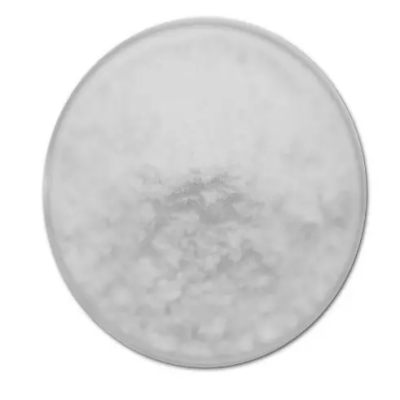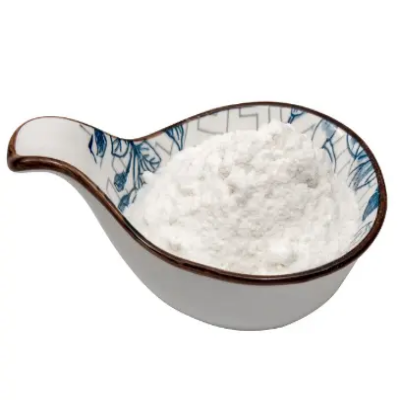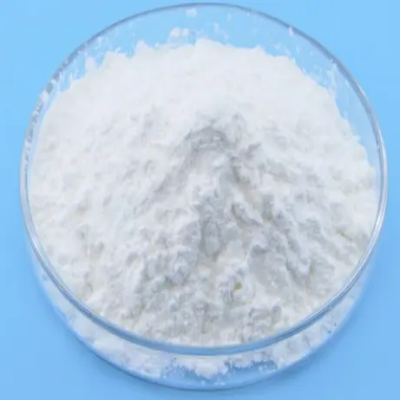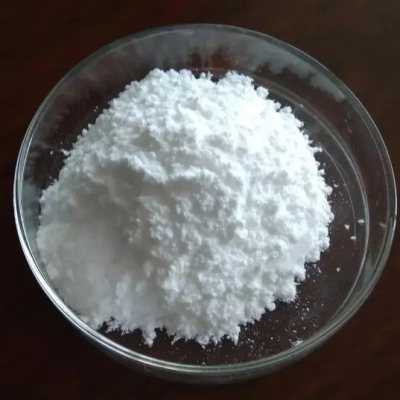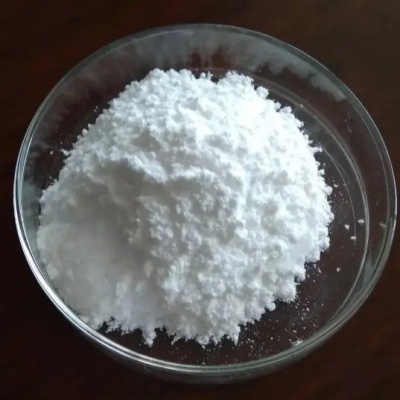trans-1-(tert-Butoxycarbonyl)-4-(3-(trifluoromethyl)phenyl)pyrrolidine-3-carboxylicacid CAS:169248-97-9
Trans-1-(tert-butoxycarbonyl)-4-(3-(trifluoromethyl)phenyl)pyrrolidine-3-carboxylic acid exhibits intricate structural features and holds promise in medicinal chemistry and drug development. 1. Medicinal Chemistry: Targeted Therapy: The unique arrangement of functional groups in this compound suggests potential activity against specific biological targets relevant to various diseases. It may interact with enzymes, receptors, or other biomolecules involved in disease pathways, making it a valuable starting point for targeted therapy development. Inflammation and Cancer: Compounds with pyrrolidine scaffolds have shown promise in modulating inflammatory responses and targeting cancer cells. Trans-1-(tert-butoxycarbonyl)-4-(3-(trifluoromethyl)phenyl)pyrrolidine-3-carboxylic acid derivatives could potentially exhibit similar activities, making them valuable in the development of anti-inflammatory or anticancer agents. 2. Drug Development: Structure Optimization: Synthetic modifications of the pyrrolidine core and substituent groups allow for structure-activity relationship (SAR) studies, enabling the design of analogs with improved pharmacokinetic properties and enhanced target affinity. Prodrug Design: The tert-butoxycarbonyl group can serve as a prodrug moiety, facilitating drug delivery and enhancing bioavailability by masking polar functional groups and improving membrane permeability. 3. Synthetic Chemistry: Diversity-Oriented Synthesis: The complex structure of trans-1-(tert-butoxycarbonyl)-4-(3-(trifluoromethyl)phenyl)pyrrolidine-3-carboxylic acid provides opportunities for diverse synthetic pathways, allowing for the creation of libraries of analogs for biological evaluation. Peptide Mimicry: The pyrrolidine ring and carboxylic acid functionality mimic structural motifs found in peptides, offering potential in designing peptide-based therapeutics with improved stability and bioavailability. 4. Biological Evaluation: In vitro and In vivo Studies: Derivatives of this compound undergo rigorous biological evaluation to assess their pharmacological activities, toxicity profiles, and mechanisms of action. This data guides further optimization and development towards clinical trials. In summary, trans-1-(tert-butoxycarbonyl)-4-(3-(trifluoromethyl)phenyl)pyrrolidine-3-carboxylic acid represents a promising scaffold in medicinal chemistry, offering opportunities for the development of innovative therapeutic agents targeting various diseases. Its intricate structure and potential pharmacological activities make it a valuable asset in the pursuit of novel treatments with improved efficacy and safety profiles. Continued research efforts are essential to fully explore its therapeutic potential and translate findings into clinical applications.



| Composition | C17H20F3NO4 |
| Assay | 99% |
| Appearance | white powder |
| CAS No. | 169248-97-9 |
| Packing | Small and bulk |
| Shelf Life | 2 years |
| Storage | Store in cool and dry area |
| Certification | ISO. |




